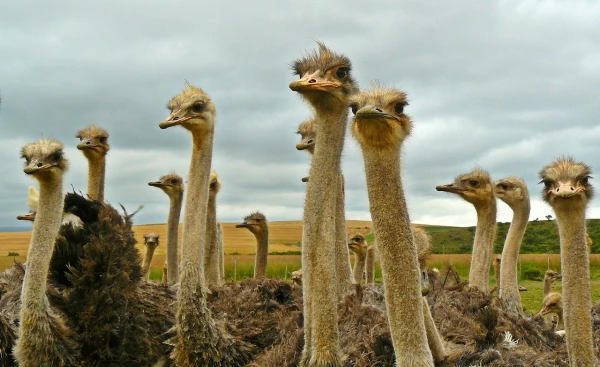
After a recent incident in Canada, where 400 ostriches were saved from mass culling following an outbreak of highly pathogenic avian influenza on a farm, the question arose: do these exotic birds really possess a unique resistance to the virus?
Natalia Moroz, head of the laboratory for the prevention of bird diseases, discussed whether ostriches could be the key to creating new vaccines and why premature easing of sanitary measures poses a threat.
Ostriches and the virus: the myth of "resistance"
Despite the prevailing opinion that ostriches are virtually immune to avian influenza, science has yet to confirm the presence of innate immunity in them.
"Ostriches, like other bird species, can be infected with highly pathogenic avian influenza, but their clinical manifestations are often less pronounced than in domestic chickens, turkeys, or ducks," notes Natalia Moroz.
This is related to the peculiarities of the immune system and physiology of birds, but it cannot be claimed that they are completely unresponsive to all strains of the virus.
"The absence of symptoms in a particular flock does not mean complete unresponsiveness. Claims of 'natural immunity' in ostriches require further laboratory studies and confirmations," she adds.
Prospects for creating vaccines based on ostrich antibodies
The idea of using ostrich antibodies in the fight against the virus indeed piques the interest of scientists. "Their serum may contain unique immunoglobulins potentially applicable for the development of diagnostic and preventive measures," explains the expert.
However, the path from laboratory ideas to a finished vaccine is very long.
"Creating a vaccine is a multi-step process. Currently, there is no information about the practical application of ostrich antibodies against avian influenza virus," adds Natalia Moroz.
Why easing measures is premature
The story of the untimely culling of a flock in Canada sparked discussions: if no new outbreaks followed, does that mean approaches to prevention need to be reconsidered?
Natalia Moroz reminds us that measures for the immediate elimination of outbreaks are a mandatory standard in global veterinary practice. "Highly pathogenic avian influenza is characterized by extremely rapid spread, high mortality rates, and the risk of interspecies transmission. The absence of new outbreaks in a specific case does not guarantee that the virus has disappeared. It can persist in the environment, in wildlife, and circulate latently," explains the head of the laboratory.
Revising approaches is only possible with scientifically confirmed data on sustained immunity and the absence of viral carriers, she emphasizes. "Until such data is available, premature easing of sanitary measures poses a threat of recurrences and repeated outbreaks," says Natalia Moroz.
Ostriches do indeed carry avian influenza differently than domestic birds, but it is premature to claim "superimmunity". The potential of their antibodies is interesting for science; however, at this moment, they are not used in the practical development of vaccines. Sanitary measures for the elimination of highly pathogenic avian influenza outbreaks remain a key tool for preventing the spread of the virus.
It should be noted that an outbreak of highly pathogenic avian influenza occurred in a Canadian farm in December 2024. Two ostriches were lost. Since then, farmers have refused to send the remaining flock for slaughter, arguing in court that their birds possess a resilient immune system.

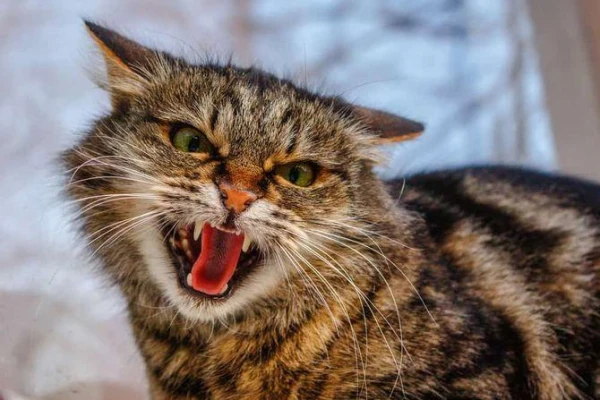
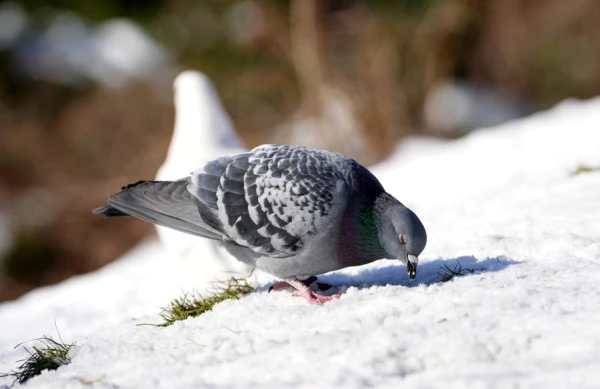
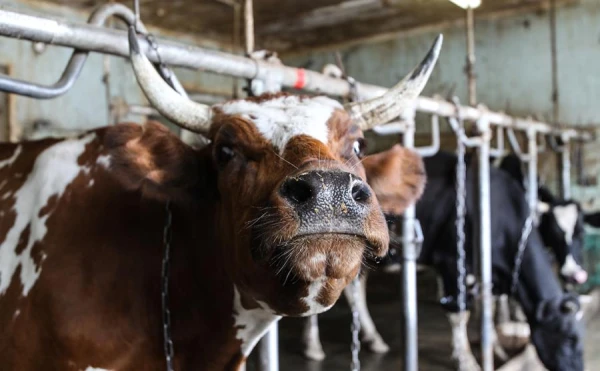


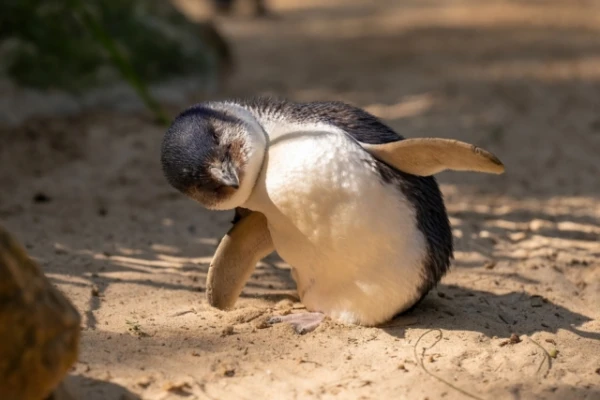
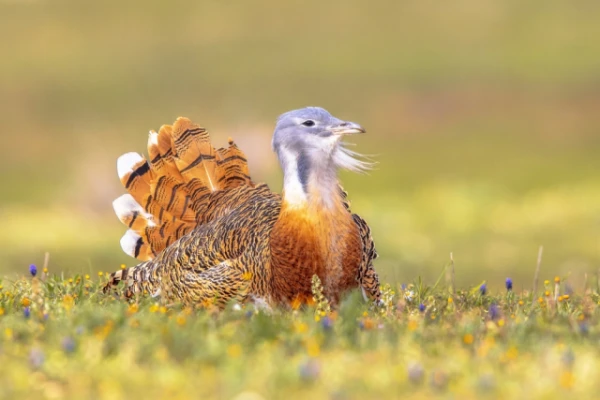







Leave a comment